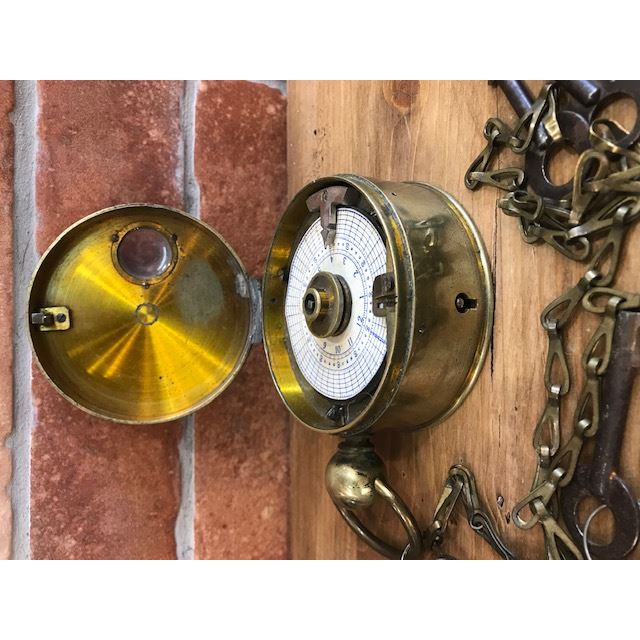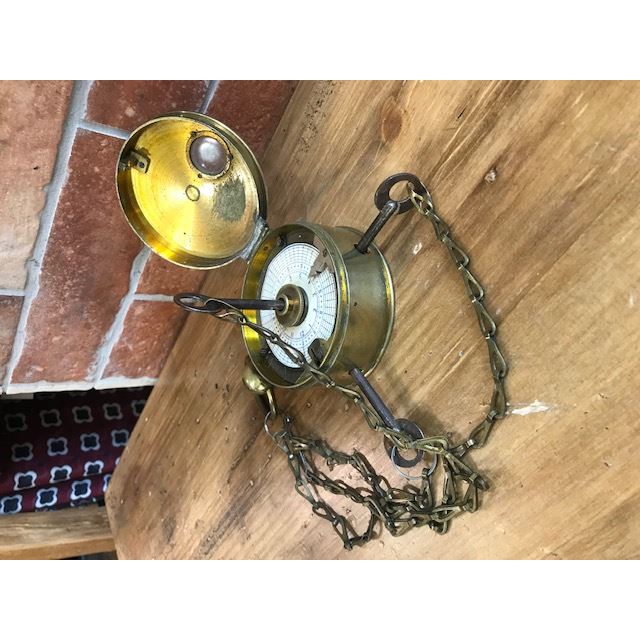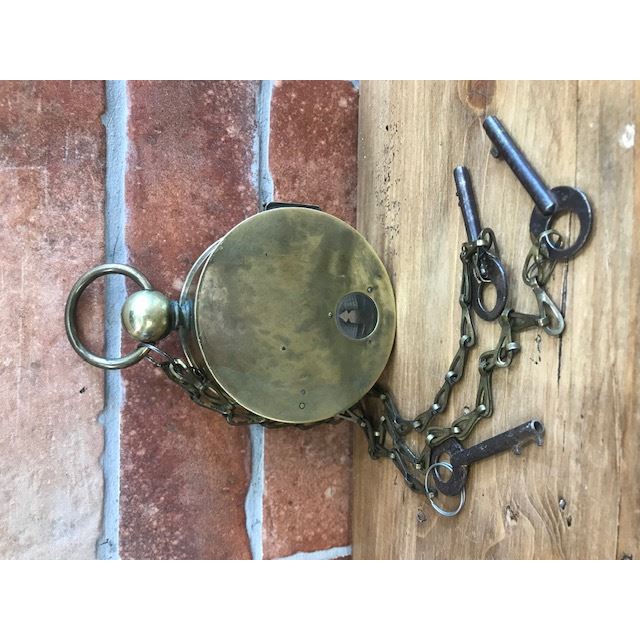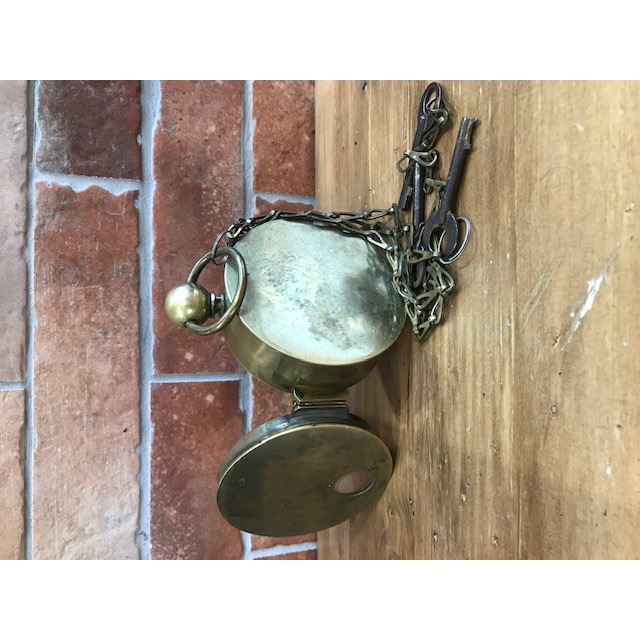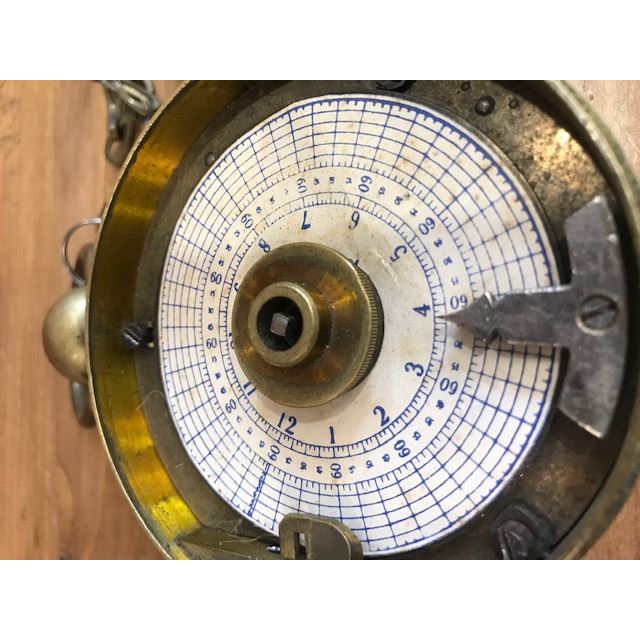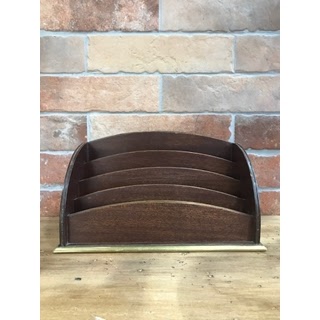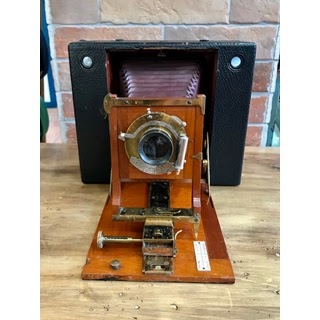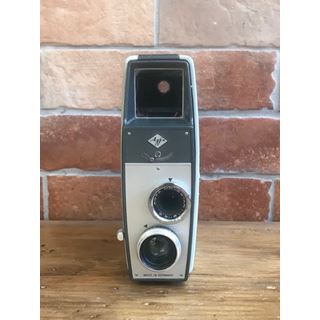Maritime night watch, 1925
Antique maritime sereno clock with brass clasp
Details
Watch or watchman's watch from the first third of the 20th century. This type of watch was used to ensure that the watchman or guard went on the route that corresponded to them and at the time that corresponded to them, without them being able to "get away". The case is made of brass, heavy, solid, resistant and very well preserved. On the side of the clock there are two keyholes. One of them is for locking the watch. The clock was given to the watchman or the person on duty with a key, so that it could not be tampered with. The clock was wound up (about 30 - 40 hours), and a paper time disc was inserted into the clock, which rotated inside and measured the time. A key was inserted into the other keyhole, which made a mark on the paper when it was turned. The marks were different depending on the keys. The keys were located in different rooms or places through which the watchman or watchman had to pass. The watch was hung up, and a record was made in each of these places, so that the paper recorded where and at what time it had been, according to the record left by each key on the disc. At the end of the round, the paper disc was handed to the boss and taken home. To prevent the person concerned from tampering with the disc (opening the clock and setting the time back or forward) there is a blade that cuts the paper every time the lid is opened (it is on the lid) so that you could see if the clock had been opened.
4.2 cm, 11.5 cm, 9.5 cm (one unit is available).
Share
Maybe this also may interest you
-
Sold out
-
-
-
-


